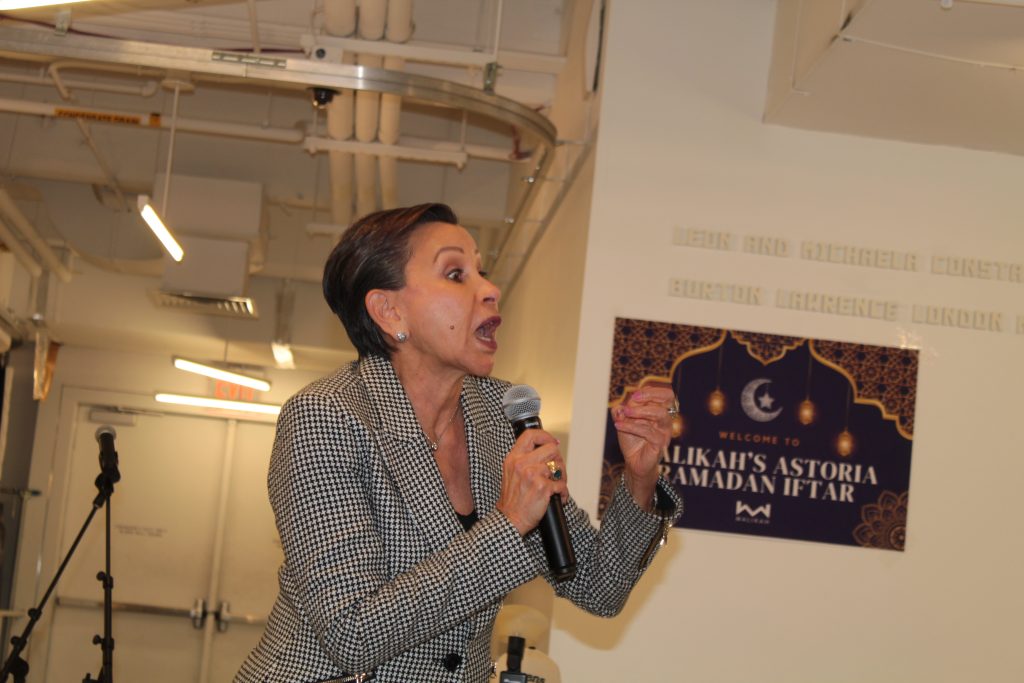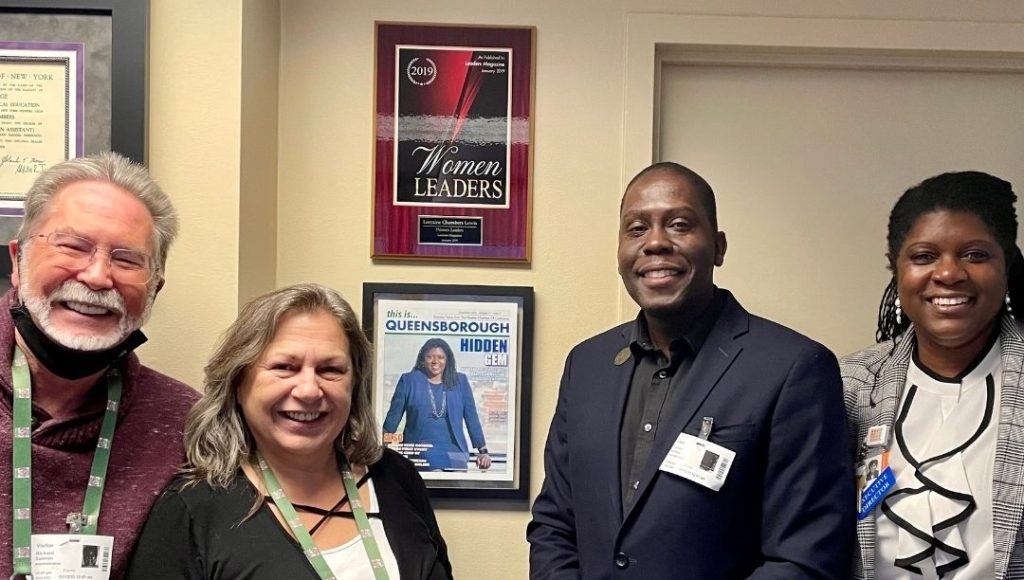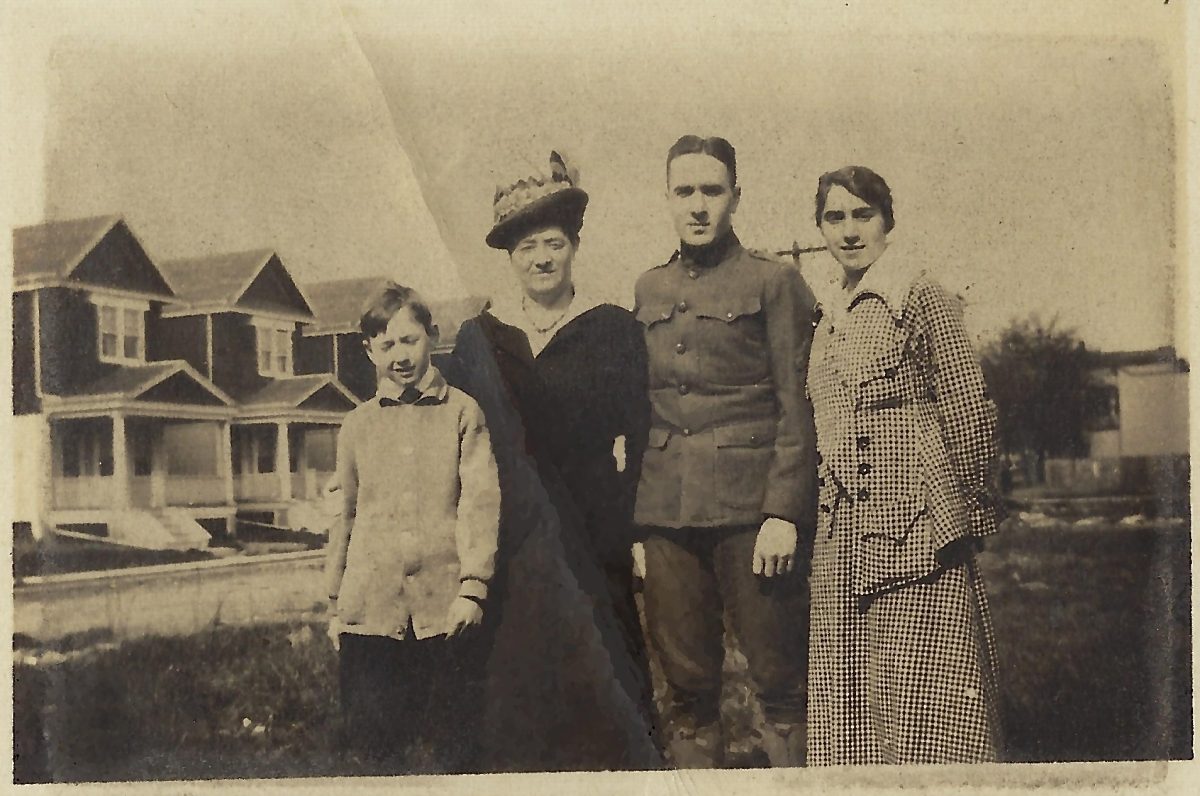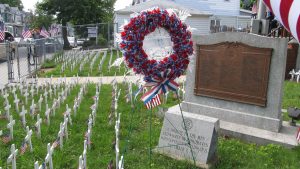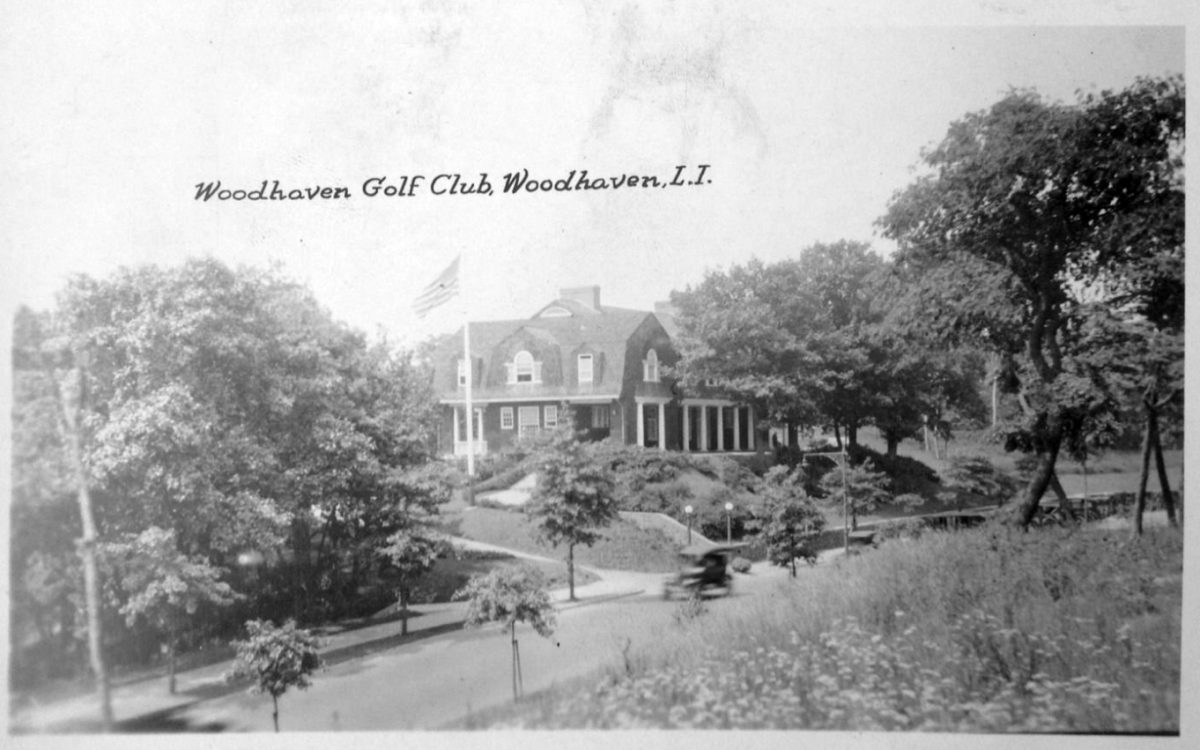Community & Creativity Shine at Malikah’s Iftar

By MOHAMED FARGHALY
mfarghaly@queensledger.com
The Museum of the Moving Image in Astoria played host to a unifying Iftar event on March 7, organized by Malikah, a global grassroots collective dedicated to building safety, power, and healing for women and their communities. The event brought together community members, elected officials, and talented artists for an evening of reflection, empowerment, and connection during the holy month of Ramadan.
Founded by Rana Abdelhamid, Malikah has spent the past decade providing essential services such as self-defense training, economic empowerment, and organizing skills to more than 20,000 women in 20 cities around the world. With a focus on amplifying women’s power and promoting healing through community, Malikah has established itself as a transformative force for social justice and gender equality.
Abdelhamid, who opened the evening’s program, welcomed the audience with a warm bilingual speech in English and Arabic, emphasizing the importance of Ramadan as a time of unity, compassion, and community service. She reflected on Malikah’s recent achievements and ongoing efforts to empower women and marginalized communities. The event aimed to bring people together, fostering healing, sharing, and collective advocacy for justice.

Local representatives and political figures in attendance included New York City Comptroller and mayoral candidate Brad Lander, Astoria Assemblyman and fellow mayoral candidate Zohran Mamdani, New York City Council Member Julie Won, and Congresswoman Nydia Velázquez.
Brad Lander, who has been involved with the “Iftar on the Go” program in previous years, spoke passionately about the importance of diversity and his commitment to advocating for MENA (Middle Eastern and North African) representation in city and state data. He recited verses from the Quran, expressing solidarity with the Muslim community, and called for an immediate ceasefire in the ongoing Palestine-Israel conflict, highlighting the necessity of peace and justice worldwide.
Assemblyman Zohran Mamdani, another mayoral hopeful, praised Malikah’s efforts in organizing such a diverse and welcoming event. He acknowledged the organization’s dedication to the Muslim and Middle Eastern communities, providing resources and a powerful voice. He outlined his vision for tackling the pressing issues facing New York City, from affordable housing to immigrant rights, pledging that his mayoral campaign would center the needs of the most vulnerable.
City Council Member Julie Won addressed the importance of providing halal and kosher meals in public spaces throughout New York City. She emphasized the significance of inclusivity in essential services, advocating for policies that ensure all communities feel welcome and respected.

Congresswoman Nydia Velázquez used her platform to speak about the ongoing fight to protect immigrant rights and promote justice. A staunch advocate for immigration reform, Velázquez vowed to continue her efforts in Washington to defend marginalized groups and push for policies that safeguard their rights and dignity.
The evening’s program featured moving Quran recitations by local residents, setting a serene and reflective atmosphere. As the call to prayer marked the end of the fast, attendees gathered to share a meal, reinforcing the night’s theme of unity and community-building.


